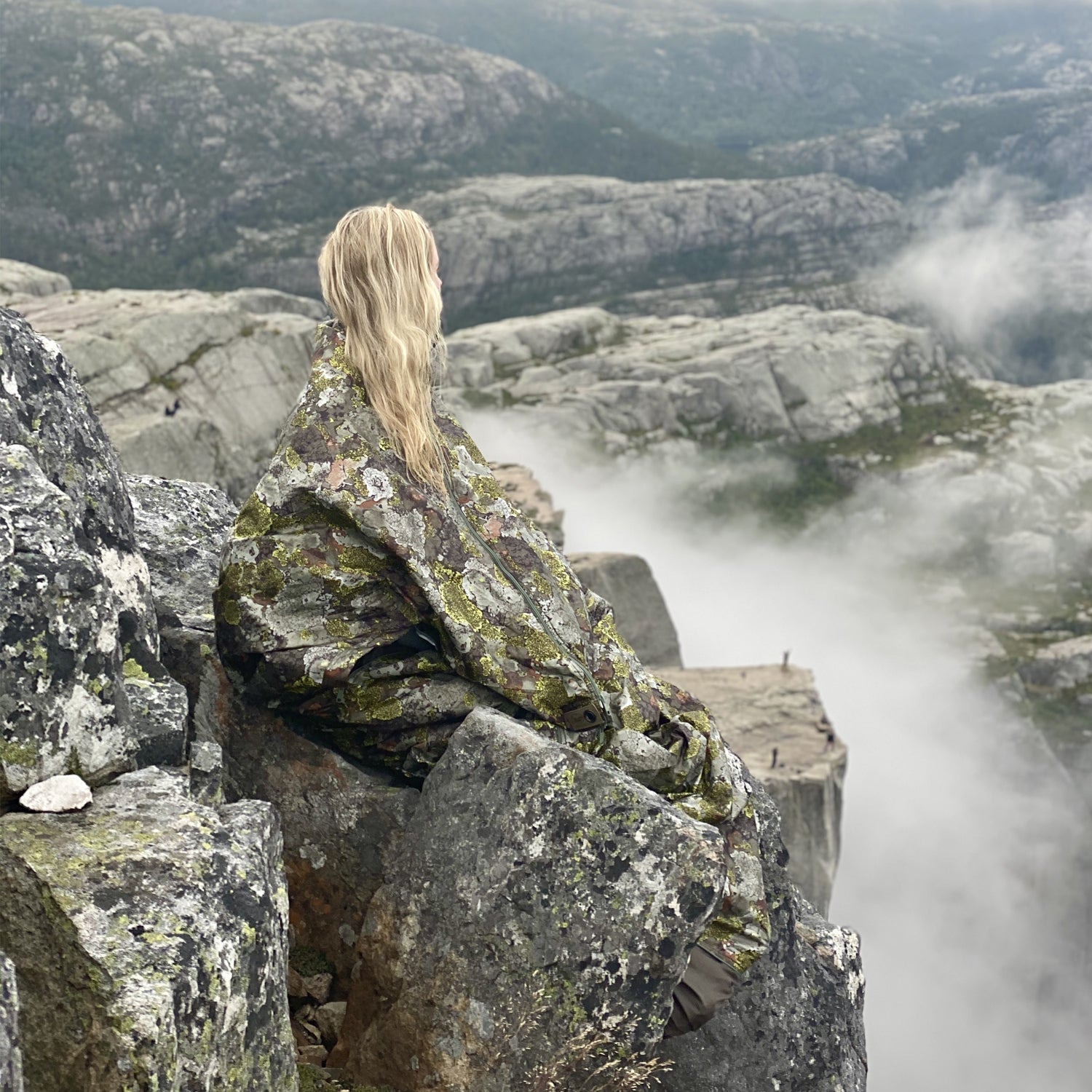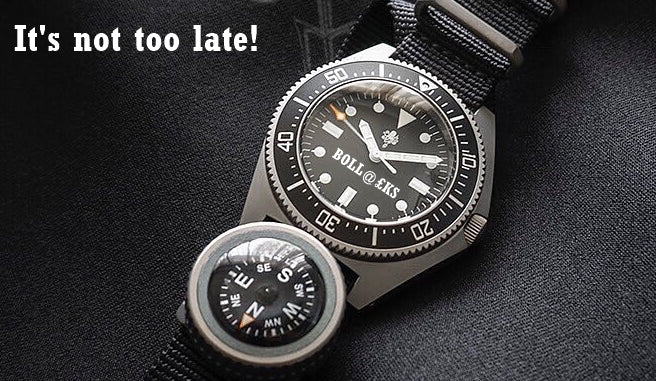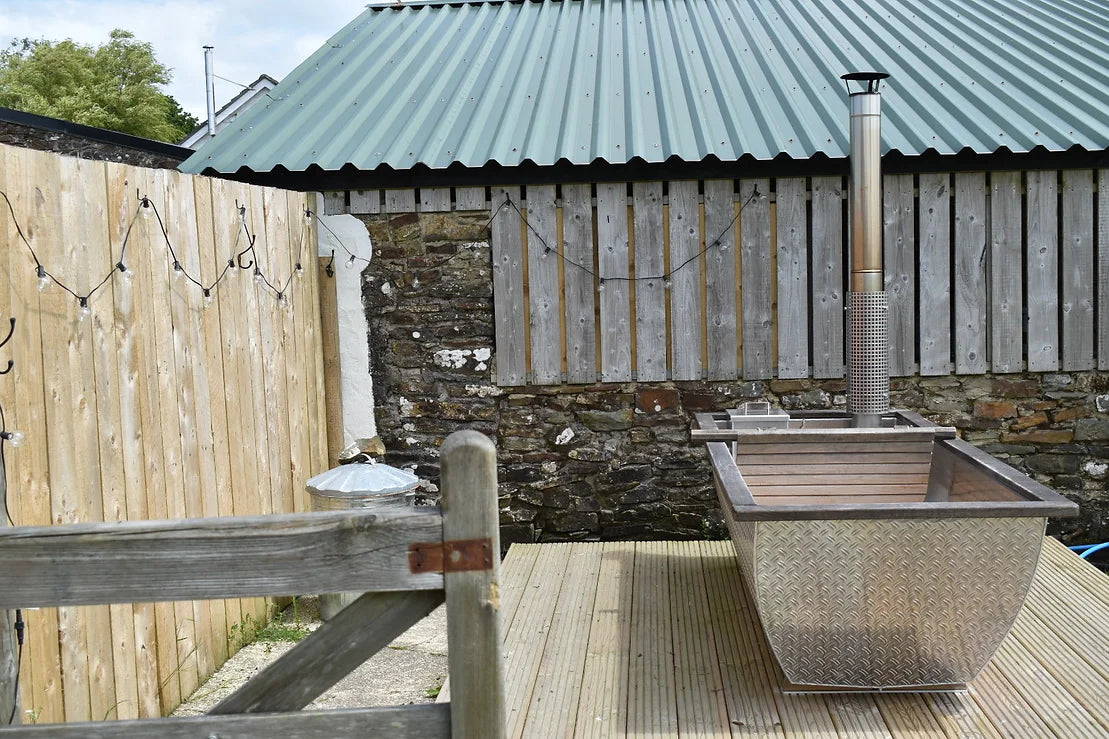
An interesting review of the Jerven Survival Bag aka Fjellduken
What are the real world capabilities of a Jerven survival bag? This is a question we have often been asked here at Bushgear. After all, when investing a not inconsiderable sum of money, you want to be secure in the knowledge that the product "does what it says on the tin".

So, a Jerven survival bag is essentially a portable, light weight survival shelter designed to keep the user dry and warm. Simple. How dry and how warm? Well there's the crux....
According to the manufacturers, the Jerven bag can produce an environment around the user that can be considerably warmer the the ambient temperature, in fact research has demonstrated that the temperature inside of the bag can be in excess of 50 degrees C higher than outside the bag. Yes, this is not a joke! The bags are made from a waterproof material so will not allow water to pass through. Unless you are lying down in a bog, Jerven bags should keep you absolutely "bone-dry". The only possible water ingress points are along the zip fastening and eyelets but this should only ever cause a problem if the bag is submerged. Driving rain should not be an issue. This all looks great on paper but as we know, real world situations can often throw out unexpected curve-balls, so how does the Jerven hold up there?
"Unarmed to the South Pole"
You have to be both physically and mentally strong, and have a lot of willpower and sense of adventure than most, if you’re going to pull a 120 kg sled to the South Pole. Such a journey is not without its dangers. Frostbite, the risk of falling into glacier cracks....anything can happen. There’s one thing, though, that is strictly forbidden, and that’s poor equipment. Norway has a rich tradition of polar exploration and a wealth of expert knowledge on which to draw when it comes to surviving under the artic conditions. All equipment is thorughly tried and tested before use. The Jerven Bag "King Size Thermo" Survival Poncho had been tested in advance on Svalbard. But how would it perform through two months of daily use...?
Cato Zahl Pedersen, Norway’s Paralympic gold medallist who lost both arms in a childhood accident, sweats when he exerts himself. Not just a little, or even a lot, but one heck of a lot! The perspiration literally streams off him. The combination of soaking wet clothes, a biting wind, and minus 30°C (– 22 F), is bad news when you have to break for lunch. Mr. Pedersen most definitely needs to take shelter – inside a Jerven Bag.
Jerven maintains that condensation inside these thermo-bags is not a problem. True enough, even when a veritable Niagara Falls like Cato Zahl Pedersen on the inside, the Jerven Survival Poncho stayed just as dry and ice-free every step of the way. And - so warm that a little air had to be let in occasionally.
Home again safe and sound from the South Pole, expedition leader Odd Harald Hauge faxed the following message to Audun Melkeråen of Jerven of Norway:
"THE SOUTH POLE AND THE WOLVERINEBAG"
Hi!
Here follows an interim report on the Jerven Bag. You’ll be receiving a more detailed account later, and I hope we’ll have the opportunity to meet in the near future.
In general, I must say we’re incredibly glad that we came over the mountains to Odda to talk to you and to buy three of your Jerven Bag. The two other lads may have been a bit skeptical at first but that didn’t last long. Now to the point:
We zipped two ponchos together to make a bag, just as you showed us. There was plenty of room for three inside. We stashed the bag in the back of one of our sleds, and took it out every lunchtime. We opened it up in the middle, stepped inside, and sat down on the sled - in no time at all we had this down to a quick and efficient routine. There were no problems with the bag in bad weather, regardless of wind force, which should interest you greatly with a view to its potential as an emergency bivouac. It became warm inside almost immediately, enabling us to remove our hats and mittens, loosen our jackets etc. After a few minutes, all the ice inside had melted. It is difficult to estimate the inside temperature, but it was probably around plus 5-10°C (41-50 F), dependent of course on the outside conditions. In the sun, it became almost uncomfortably warm. I should add that we experienced an average temperature of minus 24°C (– 11,2 F) over the entire trip, or minus 32°C (– 25,6 F) if we take into account the «wind-chill» factor.
Lunch is always a problem on polar expeditions, because you start to freeze after 15-20 minutes. With the Wolverinebag, we were able to take long breaks at 45-55 minutes and were well rested before preceeding. So our Wolverine ponchos were in use every single day throughout the trip, no matter what the weather was like.
Apart from a minor problem with one of the zip fasteners towards the end, the ponchos functioned perfectly as regards quality. No rips and tears of any kind, and they still looked like new after 70 days under exstreme conditions. We were prepared for ice to form inside them from our own body humidity, but incredibly enough there was never any trace of ice.
Finally: The poncho attracted a lot of attention in the Antartic base camps and there can be no doubt that a truly innovative product such as this must be a responding success.
Talk to you soon.
Odd Harald
This review was based on a comment from a discussion on ukclimbing.com and data collected from laboratory based testing by Jerven. The laboratory based test results can be seen here:
See the full laboratory analysis.
The Bushgear Team


